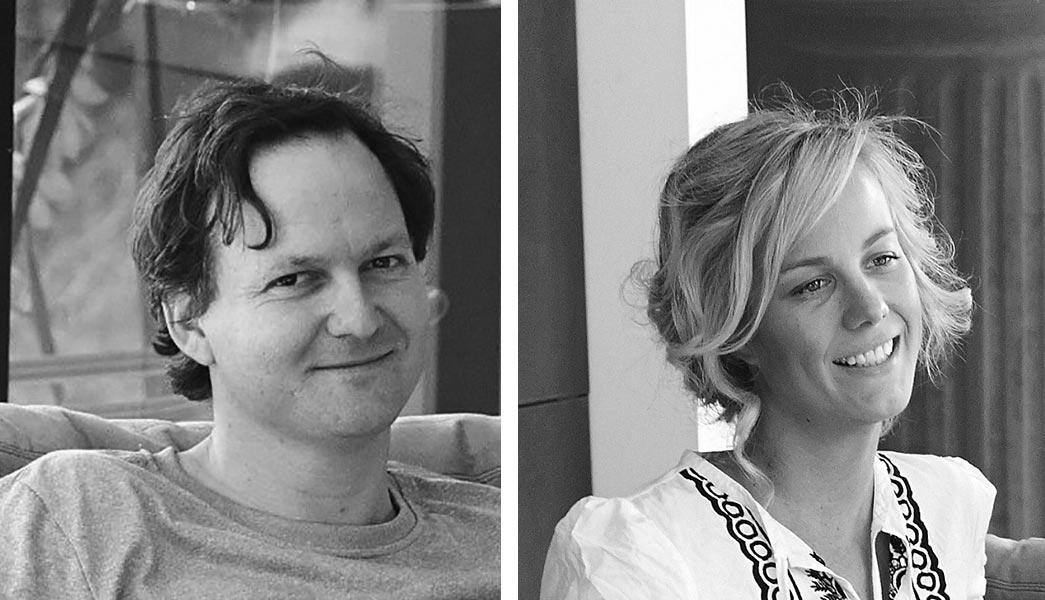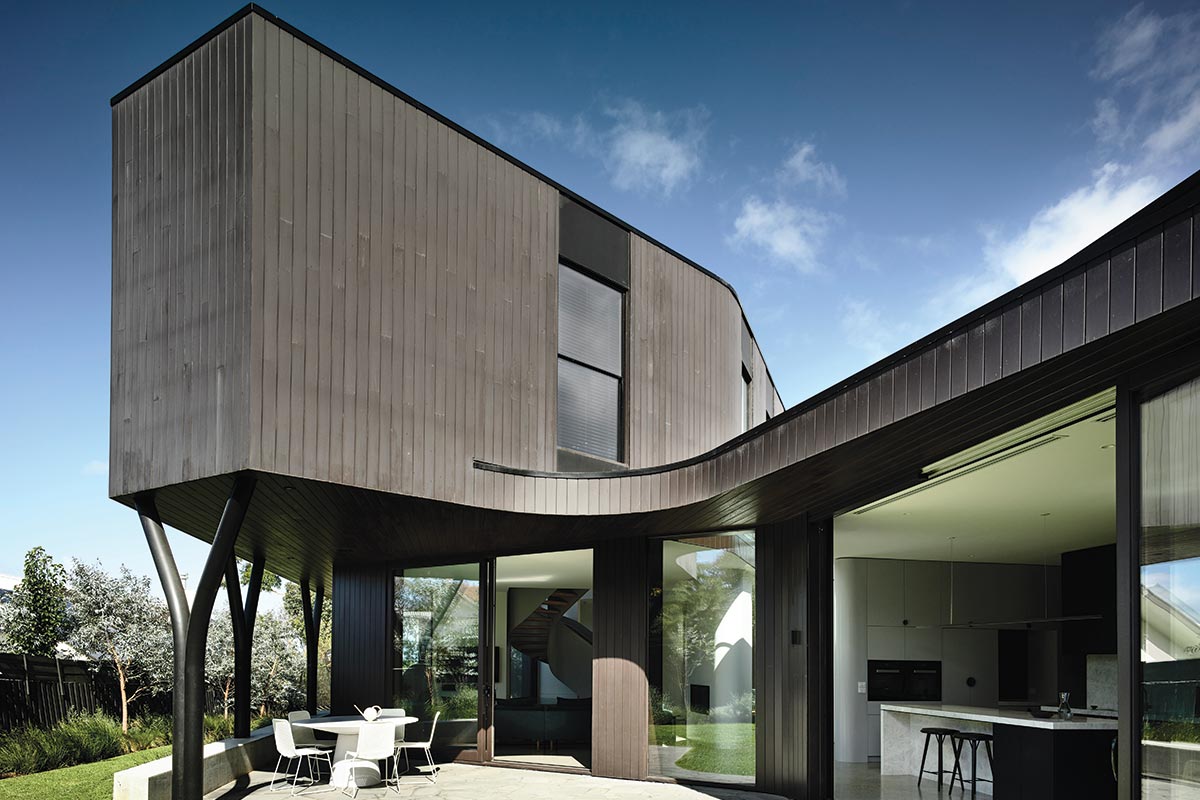
Fact File
Typology: Residence
Location: Melbourne, Australia
Architecture: Auhaus Architecture
Engineering: RI Brown
Landscape design: TNLA Landscape Architects
External cladding: Thermally-modified tulipwood with black oil stain finish
Windows: Double glazed with black stained timber frames
Internal floors: Polished concrete
Helical stair: Steel construction with timber treads
Joinery: 2PAC cabinetry with marble benchtops
The 500 sqm corner plot in this affluent coastal suburb can only be described as an ‘odd shape’ and the challenge set by the owner / developer was to create a private space. When they first embarked on their Brighton House project, Ben Stibbard and Kate Fitzpatrick, Principals of Melbourne-based Auhaus, say they became “Preoccupied with creating a house that felt open on a constrained pocket site. We wanted to create a sense of entry and keep the light in the site but also didn’t want a fishbowl, the sense of privacy was also important. We came up with a concept which enabled the structure to hug the boundary but feel surrounded by green and have some protected spaces.”
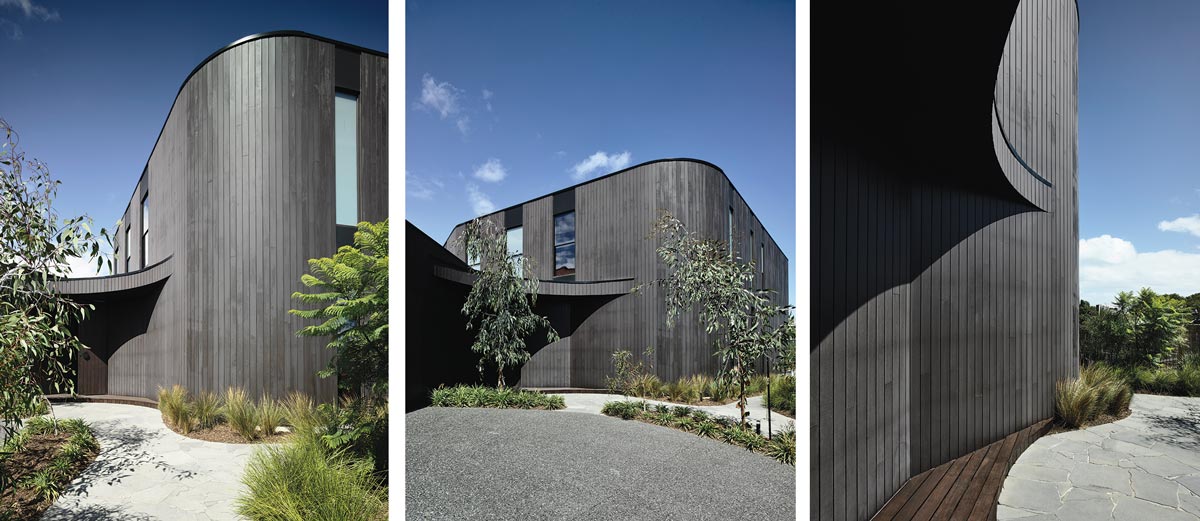
The solution allows views from the front to the back of the house creating a generous feel and flow that gives the illusion of a far bigger space. The widened entry creates an impact that is enhanced by the unique exterior finish. The owner requested a strong façade to the house and Auhaus was keen to avoid the ‘typical Brighton House’ of neutral render and glass.
We considered how to draw attention to the form of the building and ensure it presented strongly from the street to further enhance the entry experience. We have used black exterior finishes in projects before and knew that it would provide impact and reduce the structure to a single form
Kate Fitzpatrick & Ben Stibbard, Principal Architects, Auhaus Architecture.
The aesthetic of a stained timber exterior contrasts with, and highlights the planned verdant green landscaping. Timber cladding can be challenging to maintain, not least in Australian coastal environments such as this. Thermally treated timbers were considered given their resistance to the elements and minimal maintenance requirements.
Auhaus used thermally-modified American tulipwood. Not only was this an option that was cost-effective, it was also lightweight, which made it ideal for the expanse of cladding required. “We did plenty of testing to get the richness of color. We used Quantam Aqua Stain which is an oil-based stain. I’ve used this in black before so had confidence that it would work,” Stibbard says of the finish.
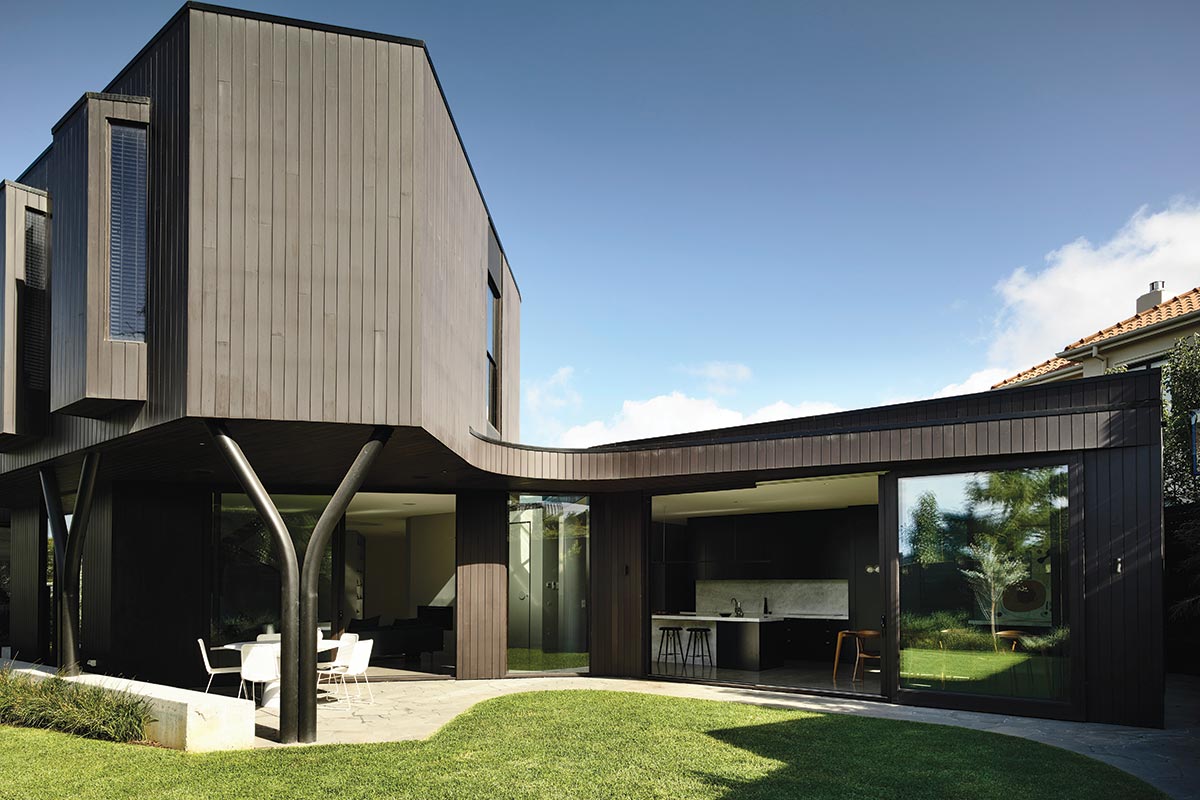
Commenting on the increased recognition and popularity of American tulipwood in Australia, Roderick Wiles, AHEC Regional Director, said: “Until now, we have only seen one other instance of it being used externally in Australia and that was thermally-modified, but with a natural finish. What Auhaus has achieved here is truly impressive, both in terms of creative use of a readily available timber but more importantly in realizing such a stunning design. We’re very excited to see how the timber has performed over time in the Australian climate, but recent images suggest that it is maintaining its appearance well.”
Thermal modification of some select U.S. hardwood species allows for interior furniture, flooring and joinery hardwoods to be used in exterior applications, where durability and dimensional stability is paramount. This can offer a viable sustainable option for a range of uses, hitherto inaccessible to temperate American hardwoods. While only fairly recently available, they are now being recognized for their aesthetics and performance and are being specified worldwide in outdoor furniture, decking and cladding.
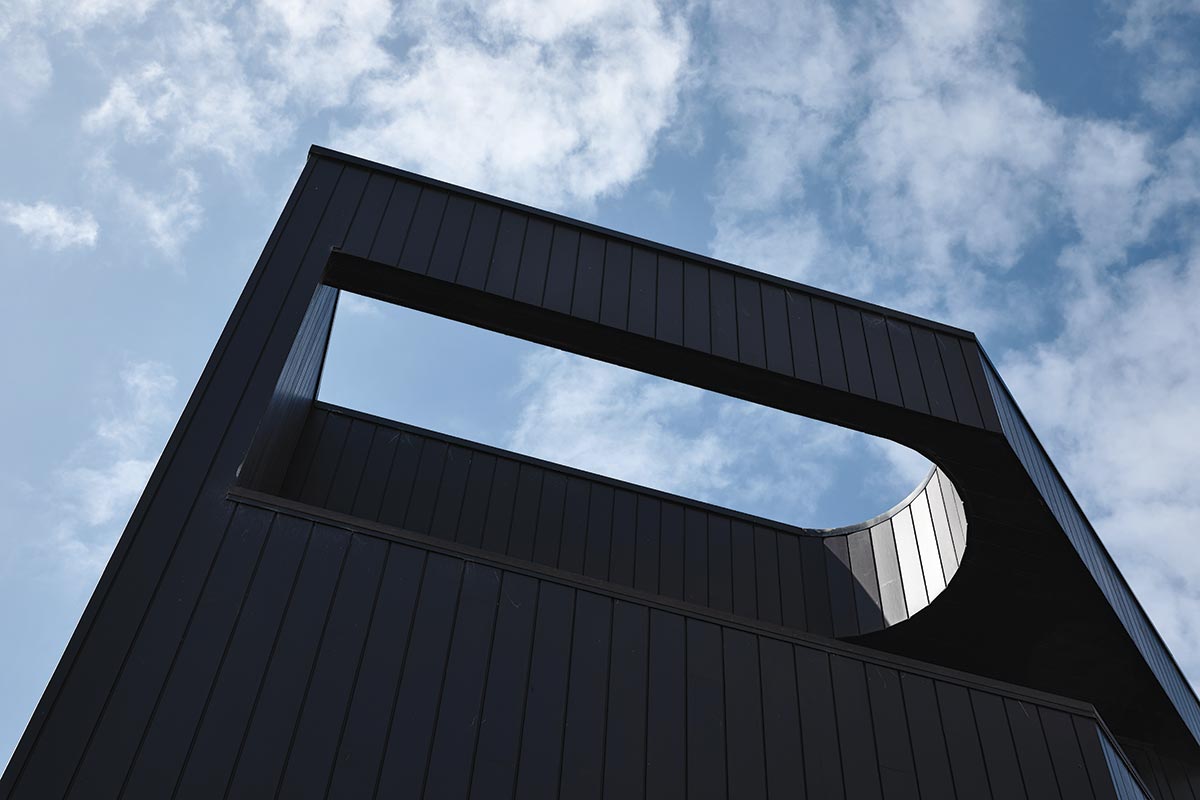
American tulipwood is one of the most prolific hardwood species from the U.S. hardwood forests and is unique to North America. The trees are huge and identified by their tulip-like flowers giving rise to the name. Thermally-modified tulipwood has been subjected to high temperatures in a controlled environment, resulting in permanent alteration of the wood’s chemical and physical properties. It does not absorb moisture and is dimensionally very stable. It is less prone to warping and twisting with changes in humidity, making it perfect for outdoor use.
The American Hardwood Export Council (AHEC) runs a worldwide programme to promote American hardwoods in over 50 export markets, concentrating on providing architects, specifiers, designers and end-users with technical information on the range of species, products and sources of supply.

